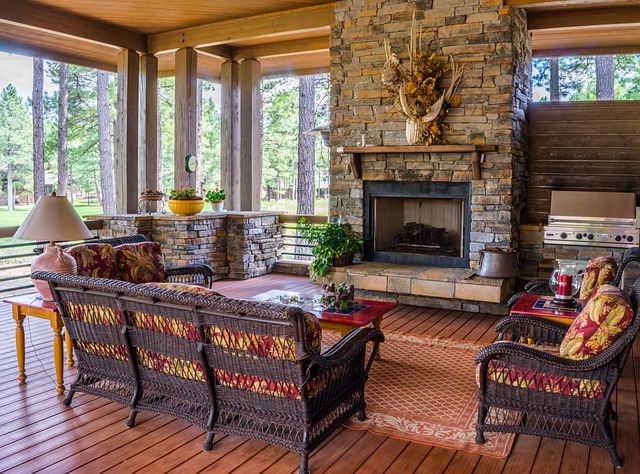
As temperatures drop, many homeowners turn to their fireplaces for warmth and ambiance. However, before you light your first fire, it’s very important to ensure your fireplace is working correctly and safely. A quick inspection can save you from potential hazards like chimney fires or carbon monoxide leaks. Here’s a straightforward guide to help you assess your fireplace.
1. Check the Exterior Structure
Start by inspecting the outer areas of your fireplace and chimney. Look for any visible cracks, crumbling bricks, or signs of deterioration. These could indicate structural weaknesses that might allow smoke or fire to escape. For prefabricated fireplaces, ensure the metal casing is free from rust or warping.
2. Examine the Firebox
The firebox is the interior chamber where the fire burns. Check for damaged or missing firebricks and cracks in the mortar joints. These are crucial for containing high temperatures and preventing heat from damaging surrounding materials.
3. Inspect the Chimney
Your chimney is the primary pathway for smoke and fumes to exit your home. Ensure the chimney cap is securely in place and free from debris. A missing or damaged cap can allow animals, rain, or leaves to enter and block the flue.
Look up through the chimney and verify there’s no visible blockage. Creosote, a flammable residue from burning wood, can accumulate on the walls of the flue over time. A layer thicker than 1/8 inch warrants professional cleaning.
4. Check the Damper
The damper is what regulates airflow in and out of the chimney. Open and close it to ensure it moves smoothly. If it feels stuck or damaged, it could obstruct smoke from venting properly.
5. Check for Proper Ventilation
Ensure the room where your fireplace is located has proper ventilation. Poor airflow can lead to a buildup of harmful gases. Install or test carbon monoxide and smoke detectors to provide an additional layer of safety.
6. Look for Soot or Smoke Stains
Soot or smoke stains around the fireplace opening may indicate drafting issues, which could send smoke back into your home. Investigate and address these signs promptly.
7. Conduct a Test Burn
Finally, start a small fire and observe the smoke’s path. It should flow directly up the chimney without escaping into the room. Any irregularities might signal a blockage or venting issue.
A thorough inspection of your fireplace doesn’t take long but can prevent significant safety risks. For major repairs or advanced cleaning, consult a certified professional. By taking these proactive steps, you’ll enjoy a cozy fire with peace of mind all season long.

Recent Comments